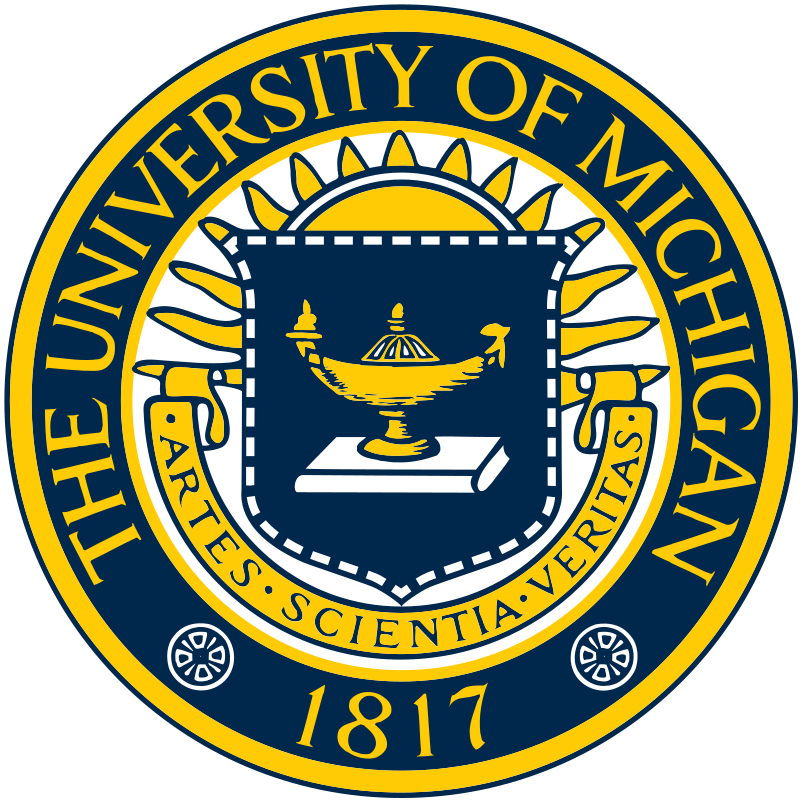Table of Contents
- General Information
- Vaccine Related Pathogen Genes
- Vaccine Information
- (rBCG-N-hRSV) Recombinant Mycobacterium bovis BCG vaccine
- Ad26/protein preF RSV Vaccine Coadministered With an Influenza Vaccine
- Ad5-RSV-F
- D46/NS2/N/ΔM2-2-HindIII
- HDAd-sFsyn
- HRSV DNA vaccine DRF-412
- HRSV DNA vaccine pND-G
- Human Respiratory Syncytial Virus M2-2 mutant vaccine
- LID/ΔM2-2/1030s
- MEDI-534
- Mnull RSV
- MVA - RSV
- rB-HPIV3-F1
- rB-HPIV3-G1
- rB/HPIV3- RSV-F
- rBPIV3-RSV-G
- Respiratory syncytal virus bivalent prefusion F vaccine
- rPIV3-RSV-hMPV
- RSV/ΔNS2/Δ1313/I1314
- rVSV-Gstem-RSV-F
- VSV-RSV(F/G)
- References
| I. General Information | ||||||
|

Loading Pathogen Genes...

Loading Host Genes...

Loading Vaccines...
Loading References...


